Hygge (hʊɡə): A quality of cosiness and comfortable conviviality that engenders a feeling of contentment or well-being (regarded as a defining characteristic of Danish culture)
In 2016, the Oxford English Dictionary named “hygge” the runner-up for Word of the Year. In 2017, it was added to the lexicon, officially becoming part of the English language. This difficult-to-pronounce, impossible-to-translate Danish term had truly made its way into the world. The treasured cultural phenomenon continues to play a strong role in the daily lives of Danes, while inspiring people across the globe to incorporate the philosophy into their own lifestyles.
Hygge: A Way of Life
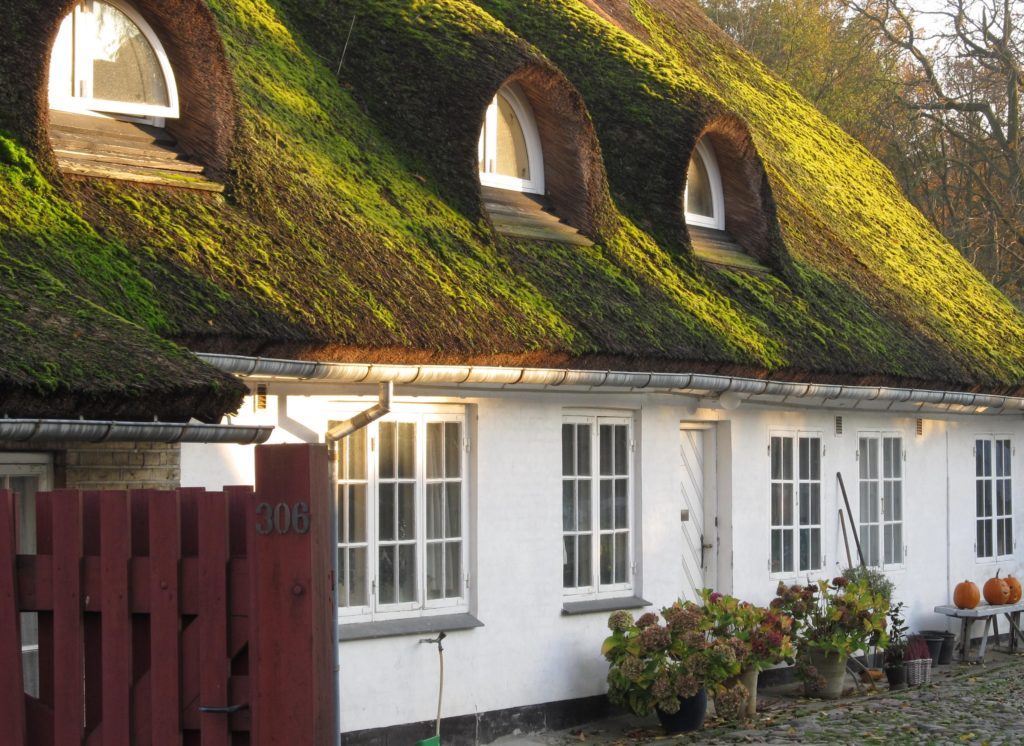
Denmark is not the only country to celebrate coziness: Germany has gemütlichkeit, the Dutch call it gezelligheid, and in Sweden there’s mys – but hygge is part of the Danish cultural fabric. It’s not simply about physical comfort, but a frame of mind that focuses on a sense of contentment and joy, a coping mechanism to get through the cold, dark winters, and a philosophy surrounding the appreciation of the little things in life.
Hygge is an all-encompassing feeling of well-being; a pleasure derived from both physical comforts, and the emotional security of spending time with loved ones. Hygge is personal to every individual; it can be sipping hot chocolate by a roaring fire while a winter storm rages outside or taking a walk with a friend and chatting about life. The possibilities are endless.
Year after year, Denmark is called one of the happiest countries in the world. Of course, hygge alone can’t keep a nation content; health care and university education are free, child care is heavily subsidized, unemployment and retirement benefits are generous, and a year of paid parental leave the norm. The impressive work-life balance keeps the focus on family, with high importance placed on making time for personal relationships.
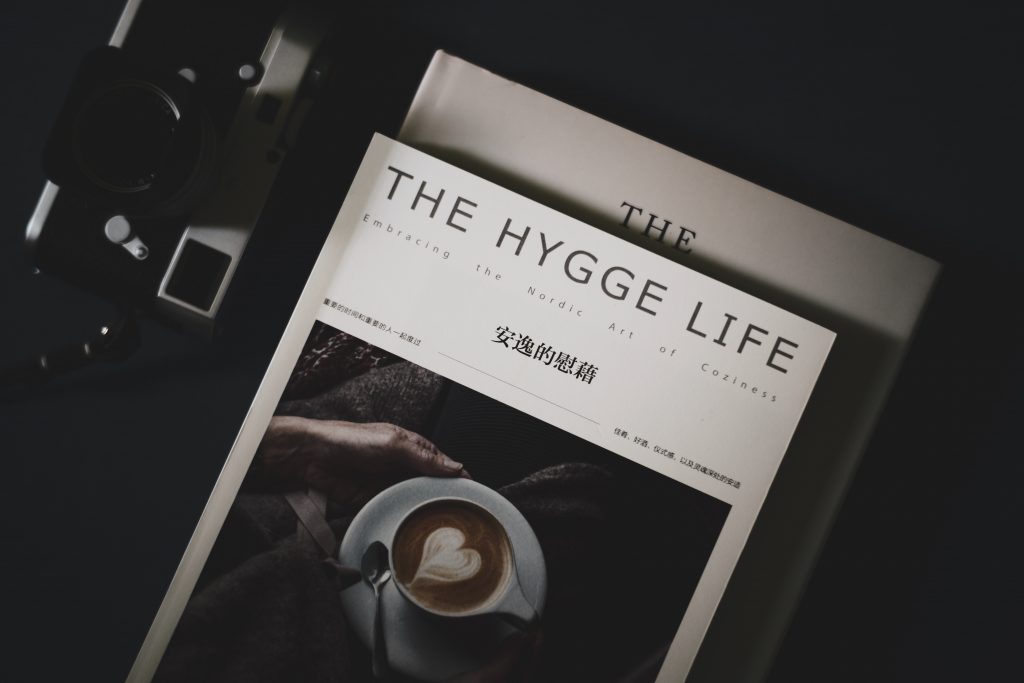
It’s the cold and dark winters that inspire the need for comfort and joy: the home becomes a place of serenity – a refuge to escape the elements. Alongside stylish Scandi minimalism you’ll find plants, candles, fluffy blankets and plush pillows, creating a space of optimal coziness and relaxation. There’s an authenticity, an informality and a sense of genuine joie de vivre. Food is homemade, fresh air is valued, and time is taken to enjoy life’s little pleasures. Hygge doesn’t depend on wealth or power; in the true spirit of the Danish sense of equality, it’s something that’s for everyone.
“Most of the time we don’t really think about it,” says Copenhagen tour guide Agnethe Poulsen, “I usually tell my tourists that hygge is like breathing or eating – an integrated part of us and something so natural we never really think about it. Hygge is about having a good time, living in the moment. However, it’s about having a certain kind of good time. Say you’re going to a party and it’s crazy and fun and you stay out all night. Now, even if you had a good time at the party, you wouldn’t call it hygge. Why not? Because hygge is always small scale. It’s about coziness. So usually it’s about being with good friends or family, having a nice, but also relaxed and quiet time. Which to a Dane is the best situation you can be in. That’s probably why we’re so family-oriented and have close-knit communities.”
Fellow Dane and Copenhagen tour guide Martin Thomsen, also an editor and publisher, digs deeper: “Denmark is the most egalitarian country in the world, and when you hygge, there should be no curtain between you and others. You feel at ease and at liberty to be yourself.”
The Rise of Hygge
How does a country as small as Denmark find itself in the spotlight, with its creature comforts the envy of the world? Before hygge made its way onto the world stage, people all over the globe were partaking in it without even realizing it. They were emulating Danish wardrobes with Scandi chic style, embodying the tenets of hygge: minimalist, low key, and casual – comfortable brands like Ecco shoes, and Rains jackets. They were furnishing their homes with the stylish yet functional simplicity of Danish design, long the envy of design buffs, with iconic pieces like Arne Jacobsen’s swan and egg chairs greatly influencing modern aesthetics.
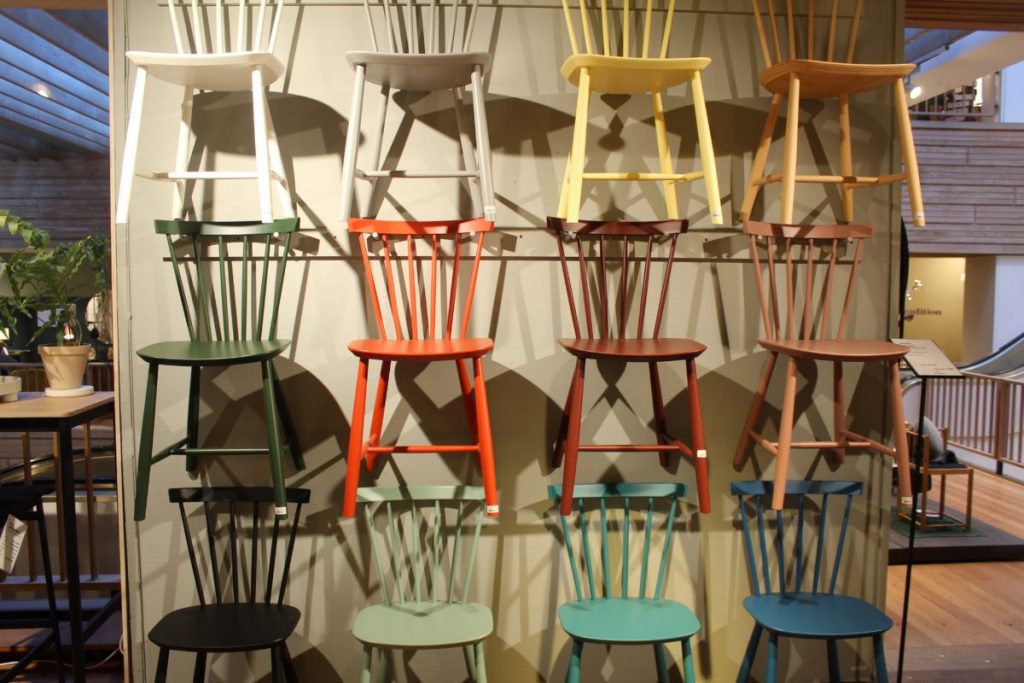
So, the world’s citizens were channeling Danish hygge, but most didn’t know what hygge actually was. The global rise of hygge to the attention of non-Danes began with – or was at least was propelled forward by – a book written by an authority on Danish happiness named Meik Wiking, who is the CEO of Copenhagen”s Happiness Research Institute. His Little Book of Hygge: The Danish Way to Live Well took the United Kingdom by storm when it was released in 2016, with Brits tired of an over-scheduled lifestyle and dreary weather taking the concept of slowing down and enjoying the little things to heart. A US release followed, and the book landed on the New York Times bestseller list. To date, over half a million copies have been sold. Dozens of other hygge-focused books have since been released, and the word seems to have reached the global consciousness.
“I think this is due to the fact that many countries have achieved a great material prosperity,” Meik Wiking told Danish television station TV2. “And at the same time, they can see that the Nordic countries – with Denmark at the forefront – are at the top of different happiness measurements. [Non-Danes] are looking for inspiration here with us.”
The BBC, Elle and The New Yorker, all praised the hygge phenomenon. British publication The Telegraph has published no fewer than 17 articles on the subject since 2016, though one author described it in less than glowing terms as “festive twee, re-purposed for an Ikea-addled generation.” No matter: hygge persevered.
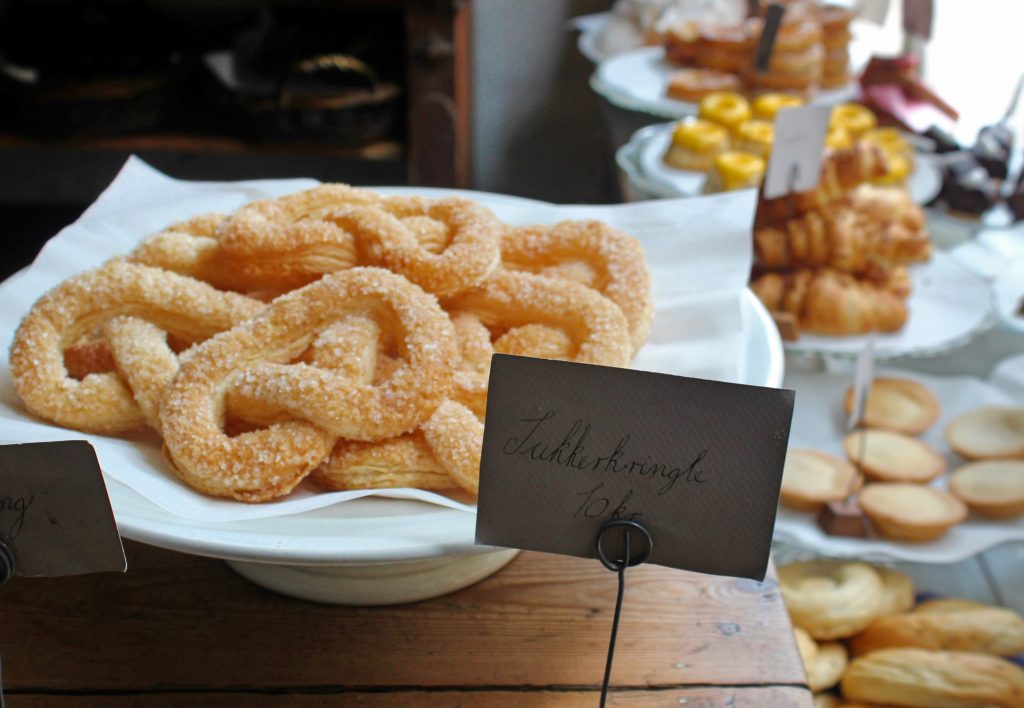
London’s Morley College offered The Danish Concept of Hygge alongside its Danish language classes (a little hygge is well-deserved when attempting to master this tricky language). In the United States, the aptly-named Hygge Bakery serves up tasty traditional Danish pastries like cinnamon rolls and kringler, while interiors companies Hygge & West and Hygge Life produce home decor based on the cozy cultural concept. Hygge is popular in Germany as well, where one can subscribe to Hygge magazine and enjoy a hygge-themed Advent calendar during the festive season.
The Hygge Effect
“With increasing societal pressures and the growing importance of well-being, hygge’s emphasis on togetherness and equality can have real and tangible benefits, not only to the Danish people but to anyone that practices this uniquely Danish social ritual.” – Meik Wiking
Visitors to Denmark are often eager to explore and experience the concept for themselves, but it’s something not easily explained. “When I started working as a tour guide”, recounts Agnethe Poulsen, “I realized I had to really think about how to explain it to people from outside of Denmark. You would never have to explain it to a Dane. That’s probably why many Danes can only describe hygge to foreigners in very vague terms.
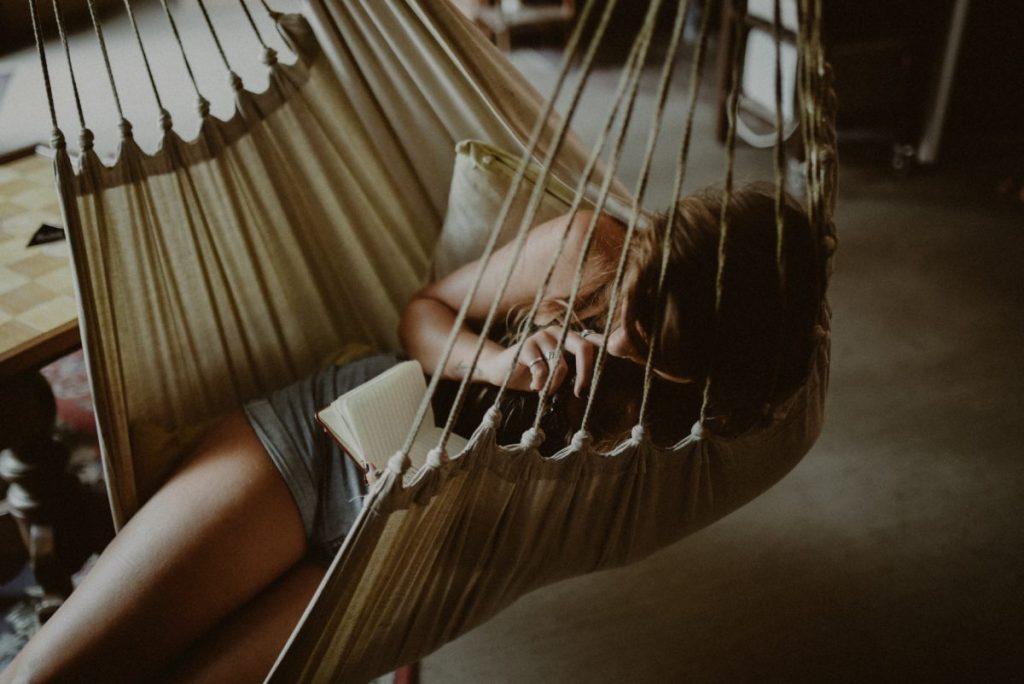
Nowadays it’s well-known as the key to Danish happiness. Which isn’t the full picture, but it’s a nice story to tell. Foreigners find hygge cute and strange, especially since it’s so hard to pin down. I mean, you can even have hygge in summertime when the weather is quite nice. I guess for visitors it’s a quirky cultural trait, but also very relatable, because who can’t relate to the notion than having a nice, cozy time with family or your closest friends is the best way to enjoy the moment?”
For expats, learning to hygge is part of the experience of relocating to Denmark. German Laura Berg Deleuran has lived in Copenhagen for over six years. A self-described “hygge fan” who professes the virtues of candles, warm drinks, good food in good company, and sitting on the couch with a fuzzy blanket, Deleuran writes about her experiences abroad in her lifestyle blog The Copenhagen Tales. She shares her tips on the coziest places to eat and drink in the Danish capital, as well as how to turn your home into a hygge haven. “I think a big part of why hygge appeals to non-Danes is because it’s a great way to cope with the cold and darkness in the winter,” Laura explains, “and maybe expats have a tough time adjusting to that at first. Gathering with friends might also help at Christmas time, when expats might tend to miss their families back in their home countries.”
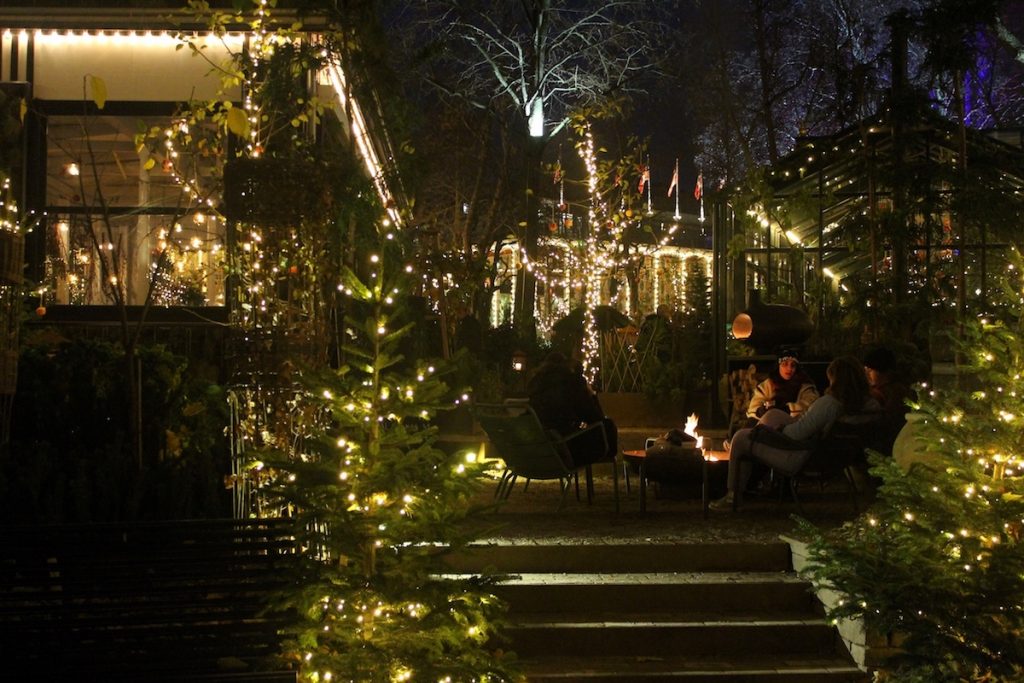
The idea of hygge appealed so much to Kayleigh Tanner of Brighton, England that she started a blog completely dedicated to it. Through Hello Hygge (tagline, “finding hygge everywhere”), Kayleigh seeks to spread the joy of hygge around the world. “I think that everyone understands the concept of hygge even if they’ve never come across the word before,” shares Kayleigh, “I know that’s how I felt – I stumbled across the word in Scandinavian Christmas by [Danish chef and food writer] Trine Hahnemann, and it immediately resonated with me. I believe that hygge is something that absolutely everyone can relate to no matter where they live. I’m absolutely delighted that so many people all around the world read my blog every day, and it’s amazing to see that the concept just makes sense to people absolutely everywhere.”
An Intangible Treasure
The global buzz surrounding hygge may die down as the next “in” thing comes along, but in Denmark, hygge will eternally be a way of life. For all the dozens of books that appear on the subject, exactly zero have been in Danish. Danes don’t need a lesson on hygge: for them, it’s as natural as breathing and taken in stride as part of the everyday. That doesn’t make it ordinary in their eyes, however. In autumn 2018, Denmark’s Hygge Council, consisting of five hygge-enamored citizens along with five hygge experts, were tasked with creating an application to UNESCO to have hygge recognized as intellectual heritage.
Once given the go-ahead by the Ministry of Culture, the application, extolling the virtues of hygge and its impact on Danish culture, will then be put forth to UNESCO for evaluation. If approved, hygge would be recognized as “intangible cultural heritage”, joining the likes of the art of Neopolitan pizza in Italy and yoga in India. “The importance of intangible cultural heritage is that you have to live it,” said The Little Book of Hygge author Meik Wiking. voicing his support for the UNESCO application. “While it’s something we inherit from our past, hygge is absolutely relevant today and will have real value long into our future.”
________________







